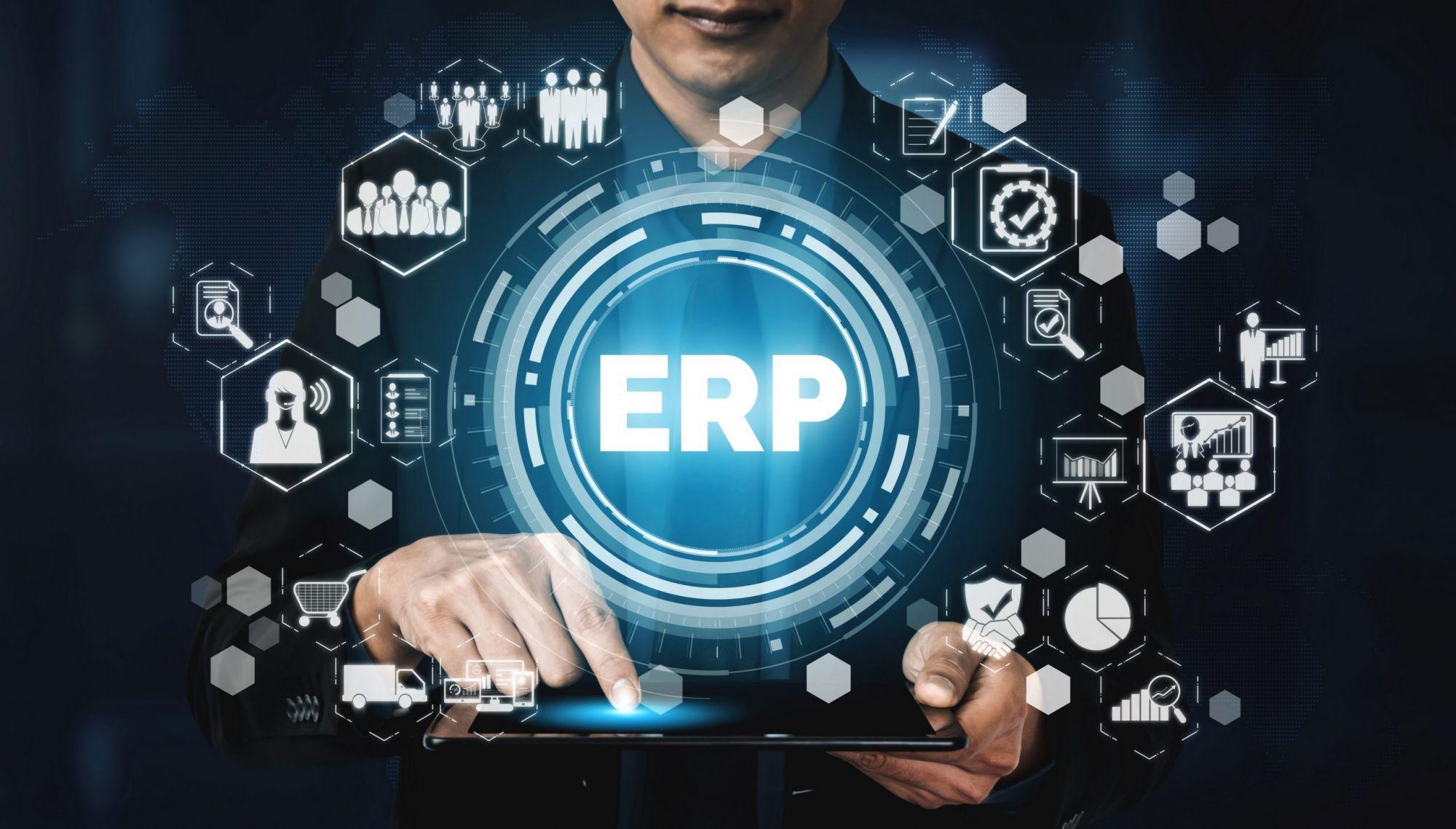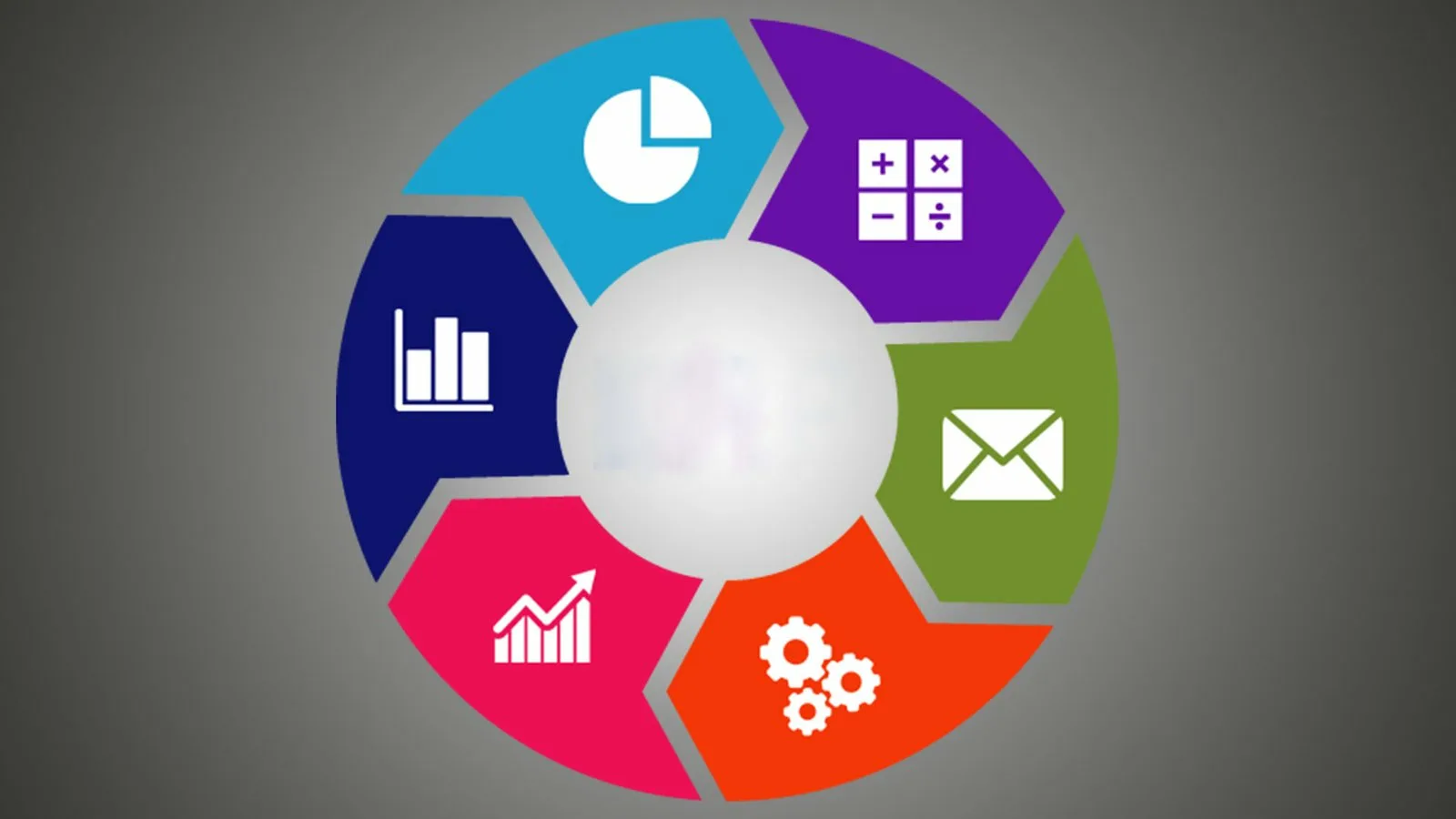
Optimiza tus Procesos: La Clave del Éxito con un Sistema ERP
La eficiencia operativa is no longer optional; it is essential. Organizations of all sizes strive to streamline workflows, remove bottlenecks, and maintain clear communication across all departments. When information is scattered or disconnected, teams face duplicated tasks, recurring mistakes, and slower progress. Historically, many companies operated with isolated tools, where each department relied on separate systems, creating a fragmented structure that limited visibility and hindered collaboration.
A centralized system transforms this scenario completely. An ERP brings processes, data, and teams together under one unified solution. Below is an extended view of how ERP systems reshape operational performance and become a foundation for long-term success.
The Power of Unified Information
One of the greatest operational challenges arises from information silos. When data is stored in separate systems, teams may struggle to access accurate and timely details. This disconnect slows decision-making and increases the risk of inconsistencies.
An ERP consolidates all essential information into a single platform. Employees no longer need to search through multiple databases or request updates through several channels. Instead, they gain instant access to reliable information that supports everyday tasks. This transparency strengthens organizational alignment and helps eliminate misunderstandings.
With a single source of truth, companies can avoid repetitive data entry, reduce manual errors, and simplify interactions between departments. This unified structure not only boosts productivity but also improves internal confidence and trust in the data being used.
Streamlining Daily Operations
Daily operations often involve repetitive tasks and manual coordination. Without automation, these processes consume valuable time and increase the possibility of delays. ERP systems are designed to standardize workflows, allowing teams to follow consistent and predictable procedures.
By automating routine tasks—such as updating records, generating reports, or coordinating interdepartmental approvals—organizations can free up resources and redirect effort toward higher-value activities. This optimization leads to faster turnaround times, better accuracy, and a more predictable operational rhythm.
In addition, consistent workflows reduce the dependency on individual knowledge. Even when staff members change roles or leave the organization, procedures remain structured and accessible through the ERP, ensuring continuity and stability.
Enhancing Collaboration Across Departments
Collaboration becomes far more effective when all teams work from the same platform. Whether coordinating supply chain activities, managing orders, overseeing fulfillment, or tracking resources, an ERP system ensures everyone stays aligned.
With real-time access to shared information, departments no longer need to rely on lengthy communication chains. A request, change, or update becomes visible immediately to all relevant stakeholders. This collective awareness minimizes delays and strengthens cross-functional teamwork.
A collaborative environment not only accelerates operations but also fosters a stronger organizational culture. Employees can focus on solutions rather than information gathering or clarifying responsibilities.
Improving Visibility and Control
Visibility is critical for making confident decisions. Without a clear view of ongoing processes, managers may struggle to understand operational performance, anticipate challenges, or plan future actions.
ERP platforms provide comprehensive dashboards and reporting tools that highlight key activities and trends. Leaders can monitor workflow status, track resources, and analyze performance indicators from any department. This level of oversight allows them to detect inefficiencies, allocate resources more effectively, and respond to emerging issues before they escalate.
The ability to access accurate and real-time information becomes a strategic advantage, enabling proactive planning rather than reactive troubleshooting.
Supporting Scalability and Growth
As organizations grow, their operational needs evolve. Systems that once worked for a small team may no longer be suitable for a larger structure. Fragmented tools often struggle to handle growing data volumes, increased workloads, or more complex processes.
An ERP system is built to scale. Whether a business expands its product range, increases its workforce, or enters new markets, the ERP can adapt without disrupting daily operations. New modules, functionalities, or integrations can be added as needed, ensuring that the system grows alongside the organization.
This adaptability ensures long-term sustainability. Companies can evolve confidently, knowing their operational foundation remains stable and capable of supporting new challenges and opportunities.
Strengthening Accountability and Standardization
Standardized procedures improve consistency. When each department follows its own method, variations occur that can limit transparency and complicate oversight. ERP systems enforce standard practices, ensuring everyone follows the same guidelines and expectations.
This consistency enhances accountability. Teams can see exactly where tasks stand, who is responsible for each step, and how processes progress over time. With clear documentation and structured workflows, organizations can maintain high-quality operations and reduce uncertainty.
Standardization also simplifies onboarding for new employees. Instead of relying on verbal explanations or scattered notes, new team members can learn procedures directly from the ERP, making integration smoother and faster.
Real-Time Adaptability and Continuous Improvement
Modern ERP solutions offer real-time updates that help companies adjust quickly to internal and external changes. When an unexpected challenge arises, managers can respond with agility, using accurate data to guide their actions.
This adaptability promotes continuous improvement. Teams can regularly evaluate workflow performance, identify areas needing optimization, and adjust processes without starting from scratch. The ERP becomes a tool for long-term refinement, ensuring that the organization evolves systematically and stays aligned with current goals.
Building a Future-Ready Organization
Implementing an ERP is not just about improving daily tasks; it is about preparing for the future. With a strong digital foundation, organizations can adopt new technologies, integrate automated workflows, and embrace innovative approaches more easily.
A future-ready organization values agility, clarity, and efficiency. By centralizing data, automating operations, and strengthening internal collaboration, an ERP system acts as a catalyst for transformation. It positions companies to face challenges confidently and pursue new opportunities with greater stability.
Conclusion
Efficiency is the cornerstone of sustainable growth. A well-implemented ERP system empowers organizations to unify their processes, improve collaboration, enhance visibility, and achieve seamless operations. By eliminating fragmentation and supporting continuous improvement, ERP solutions become essential tools for maintaining long-term success.
When companies invest in organizational clarity and structured workflows, they unlock the ability to grow confidently and operate with precision. An ERP is not simply a system—it is a strategic asset that strengthens the entire operational ecosystem.
Deja una respuesta
Reciba las últimas noticias y análisis sobre tecnología ERP directamente en su correo electrónico.
Publicación popular
Durante décadas, las hojas de cálculo han sido la columna vertebral de innumerables operaciones, ofreciendo una herramienta versátil para organizar datos,...
En el panorama empresarial actual, la gestión de datos es un desafío. Históricamente, las organizaciones han lidiado con información dispersa en...
Lema de la empresa
Flexiwareabh: Su visión, nuestra tecnología. Impulsando la eficiencia empresarial con soluciones ERP innovadoras.

